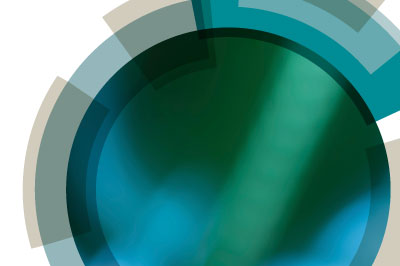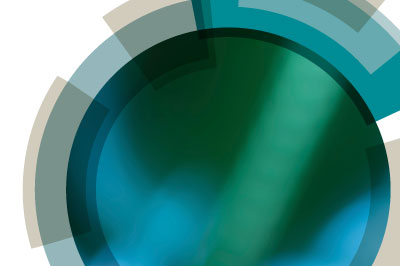Faraday Discussion 143 incorporated aspects of structuring soft-materials at the nanoscale and the incorporation of such materials into actual devices.Biological cells are the ultimate example of 'soft machines', which rely on the operation of complex molecular machines made of organic matter. It is clear that man-made attempts to emulate biological systems are nowhere near the same level of complexity.
Soft nanotechnology aims to build on our knowledge of biological systems, by implementing self-assembly and 'wet chemistry' into electronic devices, actuators, fluidics, etc. Understanding, predicting and utilising the rules of self-assembly (be it at solid liquid interfaces, in solution, or in block copolymers) and interface the resulting complex structures in well-defined 2D and 3D arrangements.
The control of nanoscale features of polymers in two and three dimensions impacts on device physics as much as on cell adhesion and cell differentiation. As we are approaching the limits of Moore's law the demand for more advanced and sophisticated polymers suitable for patterning at the nanoscale as much as the need for new materials compatible with alternative patterning can only be satisfied if we understand the fundamental nature of self-assembly and self-organization of organic materials in this context.
Themes
The following fundamental questions were addressed during the discussion:
- What are the new effects when patterning soft materials at the nanoscale? (i.e. where do 'materials' break up into 'molecules', how do physical/mechanical properties change with size).
- How can these effects be understood and exploited?
- Is it possible to go one step further and predict yet unencountered behaviour?
- What are the limitations in feature shape, sizes, complexity and function that are accessible via direct patterning and self-assembly?
- How much progress is being made into fabricating/assembling devices based on such structured polymers. Can we ever rival silicon devices or cellular function?








